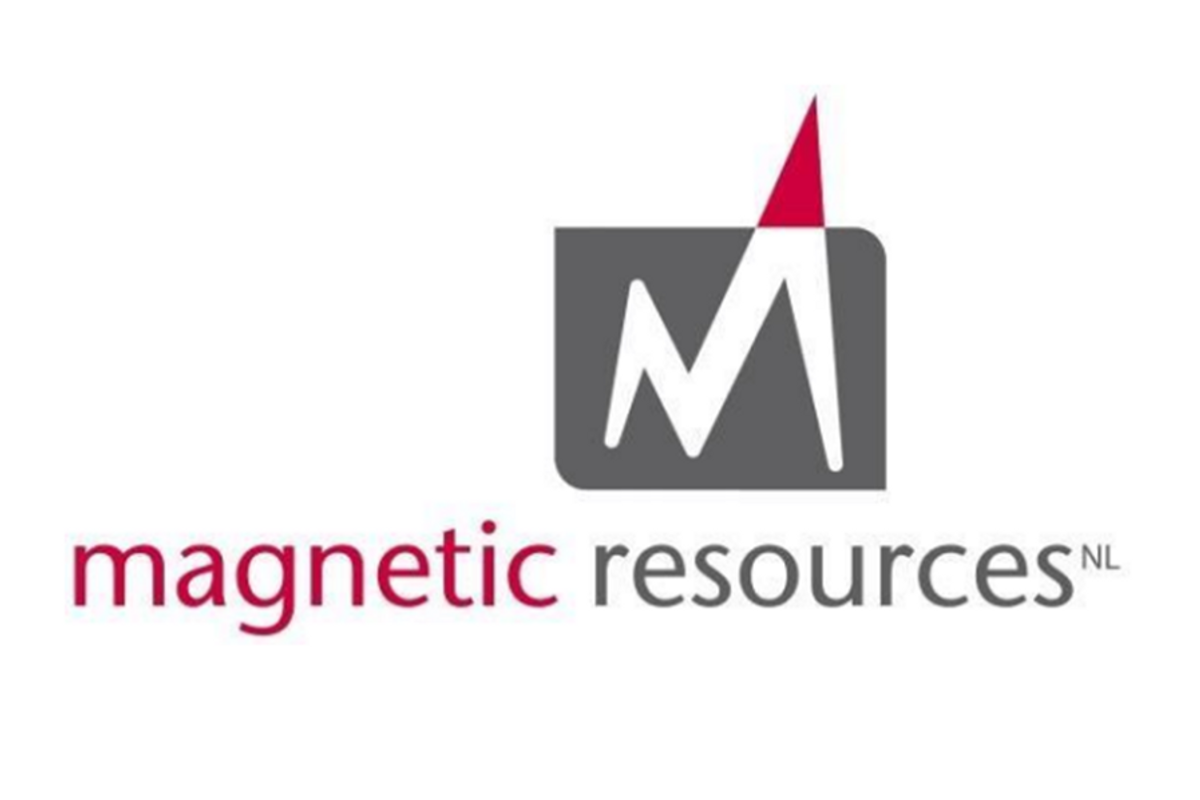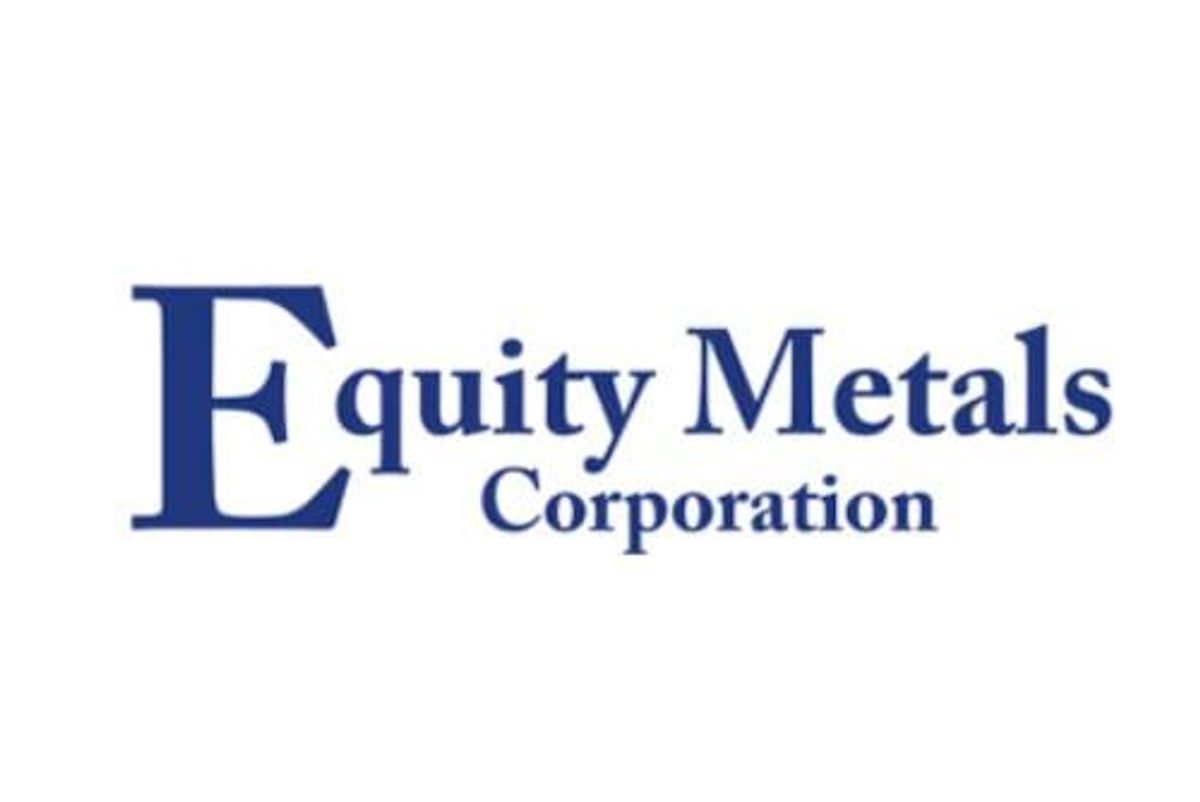
March 14, 2024
Magnetic Resources NL (Magnetic or the Company) is pleased to announce the successful completion of its A$12 million (before costs) single tranche placement to sophisticated, professional and institutional investors (Placement or Offer).
HIGHLIGHTS
- MAGNETIC HAS RECEIVED FIRM COMMITMENTS TO RAISE A$12M MILLION FROM SEVERAL NEW AND EXISTING PROFESSIONAL, SOPHISTICATED AND INSTITUTIONAL INVESTORS
- HEAVILY OVERSUBSCRIBED PLACEMENT WITH STRONG PARTICIPATION FROM BOTH DOMESTIC AND INTERNATIONAL INVESTORS
- FUNDING ENABLES MAGNETIC TO ADVANCE THE RAPID EXPANSION OF THE LADY JULIE GOLD PROJECT (LJGP) AND PROGRESS COMMERCIALISATION WORKS
- FUNDING TO BE USED FOR THE PURPOSES OF:
- DEEPER DRILLING FOR RESOURCE EXPANSION AT LJGP
- EXPLORATION DRILLING ALONG THE CHATTERBOX SHEAR
- ONGOING FEASIBILITY WORK AND GENERAL WORKING CAPITAL
The Placement quantum was increased due to significant demand with the increased quantum still heavily oversubscribed. The Placement comprises approximately 13.3 million new fully paid ordinary shares to be issued at A$0.90 per share.
Ord Minnett Limited (Ord Minnett), and Argonaut Securities Pty Limited (Argonaut) acted as Joint Lead Managers to the Placement (together the Lead Managers).
The Company recently announced the initial prefeasibility study outcomes for LJGP, confirming a financially robust project with low-cost, high margin gold production of over 720,000 ounces over a 9-year life of mine (refer to ASX announcement 7 February 2024*).
Magnetic’s Managing Director, George Sakalidis, commented:
“It is an exciting time in the journey of the Company, and on behalf of the Magnetic Board, I would like to thank our existing shareholders for their ongoing support and welcome new shareholders as we continue to develop the highly promising Lady Julie Gold Project. I’d also like to acknowledge the Lead Managers for ensuring a successful outcome to this Offer.
The Lady Julie Gold Project in Laverton is rapidly shaping up as a financially robust low-cost, high margin gold production with potential to further expand the current known resources. Our recently released prefeasibility study shows the ability to generate gold over a 9-year mine life, and the funds from this raising will allow the Company to continue work towards production and further resource expansion work with the aim for a longer mine life.”
This article includes content from Magnetic Resources NL, licensed for the purpose of publishing on Investing News Australia. This article does not constitute financial product advice. It is your responsibility to perform proper due diligence before acting upon any information provided here. Please refer to our full disclaimer here.
MAU:AU
The Conversation (0)
13 December 2023
Magnetic Resources NL
An Exciting Gold Development Play in Western Australia
An Exciting Gold Development Play in Western Australia Keep Reading...
11h
Aurum advances Boundiali development with 3 ML Applications
Aurum Resources (AUE:AU) has announced Aurum advances Boundiali development with 3 ML ApplicationsDownload the PDF here. Keep Reading...
23h
Peruvian Metals Full Capacity Throughput at Aguila Norte Processing Plant in 2025 and Focuses on Silver and Gold for 2026
Peruvian Metals Corp (TSXV: PER,OTC:DUVNF) (OTC Pink: DUVNF) ("Peruvian Metals" or the "Company") is pleased to announce production results for 2025 at its 80-per-cent-owned Aguila Norte processing plant ("Aguila Norte" or the "Plant") located in Northern Peru. The Company is also pleased to... Keep Reading...
04 January
Ongoing Drilling Continues to Return Broad Gold Intercepts
Asara Resources (AS1:AU) has announced Ongoing drilling continues to return broad gold interceptsDownload the PDF here. Keep Reading...
31 December 2025
Utah’s Antimony Resource: A Strategic Investment Play in Critical Minerals
Utah may be best known for its copper and gold legacy, but hidden beneath its rugged terrain lies one of the most overlooked critical mineral opportunities in the US: antimony. With global supply heavily concentrated in China and export restrictions tightening, Utah’s underexplored antimony... Keep Reading...
Latest News
Interactive Chart
Latest Press Releases
Related News
TOP STOCKS
American Battery4.030.24
Aion Therapeutic0.10-0.01
Cybin Corp2.140.00






